IEEE 802.15.4 Frame Aggregation Enhancement to Provide High Performance in Life-Critical Patient Monitoring Systems
Abstract
:1. Introduction
2. Related Work
3. Proposed Design
3.1. Application Traffic Patterns Identification
3.1.1. Electrocardiography (ECG)
3.1.2. Electromyography (EMG)
3.1.3. Electroencephalography (EEG)
3.1.4. Pulse Oximeter
3.1.5. Blood Pressure (BP)
3.1.6. Respiration
3.1.7. Blood Glucose
3.1.8. Skin Temperature
3.1.9. Accelerometer
3.2. Problem Formulation Using Traffic Patterns
3.3. Proposed Solution
3.4. Numerical Analysis
3.5. Mapping of Proposed A-MPDU Mechanism with Superframe
4. Performance Evaluation, Analysis and Discussion
5. Conclusions
Acknowledgments
Author Contributions
Conflicts of Interest
References
- Cao, X.; Chen, J.; Cheng, Y.; Shen, X.S.; Sun, Y. An analytical MAC model for IEEE 802.15. 4 enabled wireless networks with periodic traffic. IEEE Trans. Wirel. Commun. 2015, 14, 5261–5273. [Google Scholar] [CrossRef]
- Movassaghi, S.; Abolhasan, M.; Lipman, J.; Smith, D.; Jamalipour, A. Wireless body area networks: A survey. IEEE Commun. Surv. Tutor. 2014, 16, 1658–1686. [Google Scholar] [CrossRef]
- Shu, M.; Yuan, D.; Zhang, C.; Wang, Y.; Chen, C. A MAC protocol for medical monitoring applications of wireless body area networks. Sensors 2015, 15, 12906–12931. [Google Scholar] [CrossRef] [PubMed]
- Cavallari, R.; Martelli, F.; Rosini, R.; Buratti, C.; Verdone, R. A survey on wireless body area networks: Technologies and design challenges. IEEE Commun. Surv. Tutor. 2014, 16, 1635–1657. [Google Scholar] [CrossRef]
- Yousaf, S.; Javaid, N.; Qasim, U.; Alrajeh, N.; Khan, Z.A.; Ahmed, M. Towards reliable and energy-efficient incremental cooperative communication for wireless body area networks. Sensors 2016, 16, 284. [Google Scholar] [CrossRef] [PubMed]
- Ghamari, M.; Janko, B.; Sherratt, R.S.; Harwin, W.; Piechockic, R.; Soltanpur, C. A survey on wireless body area networks for ehealthcare systems in residential environments. Sensors 2016, 16, 831. [Google Scholar] [CrossRef] [PubMed]
- Zhang, C.; Wang, Y.; Liang, Y.; Shu, M.; Chen, C. An energy-efficient MAC protocol for medical emergency monitoring body sensor networks. Sensors 2016, 16, 385. [Google Scholar] [CrossRef] [PubMed]
- Ali, K.A.; Sarker, J.H.; Mouftah, H.T. Urgency-based MAC protocol for wireless sensor body area networks. In Proceedings of the 2010 IEEE International Conference on Communications Workshops, Institute of Electrical & Electronics Engineers (IEEE), Cape Town, South Africa, 23–27 May 2010.
- Cho, K.; Jin, Z.; Cho, J. Design and implementation of a single radio multi-channel MAC protocol on IEEE 802.15.4 for WBAN. In Proceedings of the 8th International Conference on Ubiquitous Information Management and Communication—ICUIMC’14, Siem Reap, Cambodia, 9–11 January 2014.
- Li, C.; Li, J.; Zhen, B.; Li, H.-B.; Kohno, R. Hybrid unified-slot access protocol for wireless body area networks. Int. J. Wirel. Inf. Netw. 2010, 17, 150–161. [Google Scholar] [CrossRef]
- Mouzehkesh, N.; Zia, T.; Shafigh, S.; Zheng, L. D2MAC: Dynamic delayed medium access control (MAC) protocol with fuzzy technique for wireless body area networks. In Proceedings of the 2013 IEEE International Conference on Body Sensor Networks, Cambridge, MA, USA, 6–9 May 2013.
- Otal, B.; Alonso, L.; Verikoukis, C. Highly reliable energy-saving MAC for wireless body sensor networks in healthcare systems. IEEE J. Sel. Areas Commun. 2009, 27, 553–565. [Google Scholar] [CrossRef]
- Sha, C.; Chen, H.; Yao, C.; Liu, Y.; Wang, R.C. A Type of Energy Hole Avoiding Method Based on Synchronization of Nodes in Adjacent Annuluses for Sensor Network. Int. J. Distrib. Sen. Netw. 2016, 12, 5828956. [Google Scholar] [CrossRef]
- Bernardo, L.; Oliveira, R.; Pereira, M.; Macedo, M.; Pinto, P. A wireless sensor MAC protocol for bursty data traffic. In Proceedings of the 2007 IEEE 18th International Symposium on Personal, Indoor and Mobile Radio Communications, Athens, Greece, 3–7 September 2007.
- Buettner, M.; Yee, G.V.; Anderson, E.; Han, R. X-MAC: Short Preamble MAC Protocol for Duty-Cycled Wireless Sensor Networks. In Proceedings of the 4th international conference on Embedded networked sensor systems—SenSys’06, Boulder, CO, USA, 1–3 November 2006.
- Choi, J.S.; Kim, J.G. An improved MAC protocol for wban through modified frame structure. Int. J. Smart Home 2014, 8, 65–76. [Google Scholar] [CrossRef]
- Gerrits, J.F.M.; Farserotu, J.R.; Long, J.R. Multipath behavior of FM-UWB signals. In Proceedings of the 2007 IEEE International Conference on Ultra-Wideband, Singapore, 24–26 September 2007.
- Huq, M.A.; Dutkiewicz, E.; Gengfa, F.; Ren Ping, L.; Vesilo, R. Meb MAC: Improved channel access scheme for medical emergency traffic in WBAN. In Proceedings of the 2012 International Symposium on Communications and Information Technologies (ISCIT), Gold Coast, Australia, 2–5 October 2012.
- Kutty, S.; Laxminarayan, J.A. Towards energy efficient protocols for wireless body area networks. In Proceedings of the 2010 5th International Conference on Industrial and Information Systems, Mangalore, India, 29 July–1 August 2010.
- Liu, B.; Yan, Z.; Chen, C.M. CA-MAC: A hybrid context-aware MAC protocol for wireless body area networks. In Proceedings of the 2011 IEEE 13th International Conference on e-Health Networking, Applications and Services, Columbia, MO, USA, 13–15 June 2011.
- Marinkovic, S.J.; Popovici, E.M.; Spagnol, C.; Faul, S.; Marnane, W.P. Energy-efficient low duty cycle MAC protocol for wireless body area networks. IEEE Trans. Inf. Technol. Biomed. 2009, 13, 915–925. [Google Scholar] [CrossRef] [PubMed]
- Rahim, A.; Javaid, N.; Aslam, M.; Rahman, Z.; Qasim, U.; Khan, Z.A. A comprehensive survey of MAC protocols for wireless body area networks. In Proceedings of the 2012 Seventh International Conference on Broadband, Wireless Computing, Communication and Applications, Victoria, BC, Canada, 12–14 November 2012.
- Rongli, W.; Hui, W.; Roman, H.E.; Yanxia, W.; Dewu, X. A cooperative medium access control protocol for mobile clusters in wireless body area networks. In Proceedings of the 2013 First International Symposium on Future Information and Communication Technologies for Ubiquitous HealthCare (Ubi-HealthTech), Jinhua, China, 1–3 July 2013.
- Su, H.; Zhang, X. Battery-dynamics driven TDMA MAC protocols for wireless body-area monitoring networks in healthcare applications. IEEE J. Sel. Areas Commun. 2009, 27, 424–434. [Google Scholar] [CrossRef]
- Van Dam, T.; Langendoen, K. An adaptive energy-efficient MAC protocol for wireless sensor networks. In Proceedings of the First International Conference on Embedded Networked Sensor Systems—SenSys’03, Los Angeles, CA, USA, 5–7 November 2003.
- Yoon, J.S.; Ahn, G.-S.; Joo, S.-S.; Lee, M.J. PNP-MAC: Preemptive slot allocation and non-preemptive transmission for providing QoS in body area networks. In Proceedings of the 2010 7th IEEE Consumer Communications and Networking Conference, Las Vegas, NV, USA, 9–12 January 2010.
- Yuan, J.; Li, C.; Zhu, W. Energy-efficient MAC in wireless body area networks. In Proceedings of the 2013 International Conference on Information Science and Technology Applications, Macau, China, 17–19 June 2013.
- Zhang, Y.; Dolmans, G. A new priority-guaranteed MAC protocol for emerging body area networks. In Proceedings of the 2009 Fifth International Conference on Wireless and Mobile Communications, French Riviera, France, 23–29 August 2009.
- Zhou, G.; Li, Q.; Li, J.; Wu, Y.; Lin, S.; Lu, J.; Wan, C.-Y.; Yarvis, M.D.; Stankovic, J.A. Adaptive and radio-agnostic QoS for body sensor networks. ACM Trans. Embed. Comput. Syst. 2011, 10, 1–34. [Google Scholar] [CrossRef]
- Feng, D.D. Biomedical Information Technology; Elsevier: Amsterdam, The Netherlands, 2008. [Google Scholar]
- Akbar, M.S.; Yu, H.; Cang, S. Delay, reliability, and throughput based QoS profile: A MAC layer performance optimization mechanism for biomedical applications in wireless body area sensor networks. J. Sens. 2016, 2016, 7170943. [Google Scholar] [CrossRef]
- Boulis, A.; Smith, D.; Miniutti, D.; Libman, L.; Tselishchev, Y. Challenges in body area networks for healthcare: The MAC. IEEE Commun. Mag. 2012, 50, 100–106. [Google Scholar] [CrossRef]
- Yu, J.; Park, L.; Park, J.; Cho, S.; Keum, C. Cor-MAC: Contention over reservation MAC protocol for time-critical services in wireless body area sensor networks. Sensors 2016, 16, 656. [Google Scholar] [CrossRef] [PubMed]
- El-Hoiydi, A.; Decotignie, J.-D. WiseMAC: An Ultra Low Power Mac Protocol for Multi-Hop Wireless Sensor Networks. In Algorithmic Aspects of Wireless Sensor Networks; Springer: Berlin/Heidelberg, Germany, 2004; pp. 18–31. [Google Scholar]
- Smart, G.; Deligiannis, N.; Surace, R.; Loscri, V.; Fortino, G.; Andreopoulos, Y. Decentralized time-synchronized channel swapping for ad hoc wireless networks. IEEE Trans. Veh. Technol. 2015, 65, 8538–8553. [Google Scholar] [CrossRef]
- Galzarano, S.; Fortino, G.; Liotta, A. A learning-based MAC for energy efficient wireless sensor networks. In International Conference on Internet and Distributed Computing Systems; Springer: Berlin/Heidelberg, Germany, 2014; pp. 396–406. [Google Scholar]
- De Guglielmo, D.; Brienza, S.; Anastasi, G. IEEE 802.15. 4e: A survey. Comput. Commun. 2016, 88, 1–24. [Google Scholar] [CrossRef]
- Al-Nidawi, Y.; Yahya, H.; Kemp, A.H. Tackling mobility in low latency deterministic multihop IEEE 802.15. 4e sensor network. IEEE Sens. J. 2016, 16, 1412–1427. [Google Scholar] [CrossRef]
- Meddeb, A. Internet of things standards: Who stands out from the crowd? IEEE Commun. Mag. 2016, 54, 40–47. [Google Scholar] [CrossRef]
- Fortino, G.; Giannantonio, R.; Gravina, R.; Kuryloski, P.; Jafari, R. Enabling effective programming and flexible management of efficient body sensor network applications. IEEE Trans. Hum.-Mach. Systems 2013, 43, 115–133. [Google Scholar] [CrossRef]
- Gravina, R.; Alinia, P.; Ghasemzadeh, H.; Fortino, G. Multi-sensor fusion in body sensor networks: State-of-the-art and research challenges. Inf. Fusion 2017, 35, 68–80. [Google Scholar] [CrossRef]
- Cao, H.; Leung, V.; Chow, C.; Chan, H. Enabling technologies for wireless body area networks: A survey and outlook. IEEE Commun. Mag. 2009, 47, 84–93. [Google Scholar] [CrossRef]
- Wang, C.-Y.; Wei, H.-Y. IEEE 802.11 n MAC enhancement and performance evaluation. Mob. Netw. Appl. 2009, 14, 760–771. [Google Scholar] [CrossRef]
- Skordoulis, D.; Ni, Q.; Chen, H.-H.; Stephens, A.P.; Liu, C.; Jamalipour, A. IEEE 802.11 n MAC frame aggregation mechanisms for next-generation high-throughput WLANs. IEEE Wirel. Commun. 2008, 15, 40–47. [Google Scholar] [CrossRef]
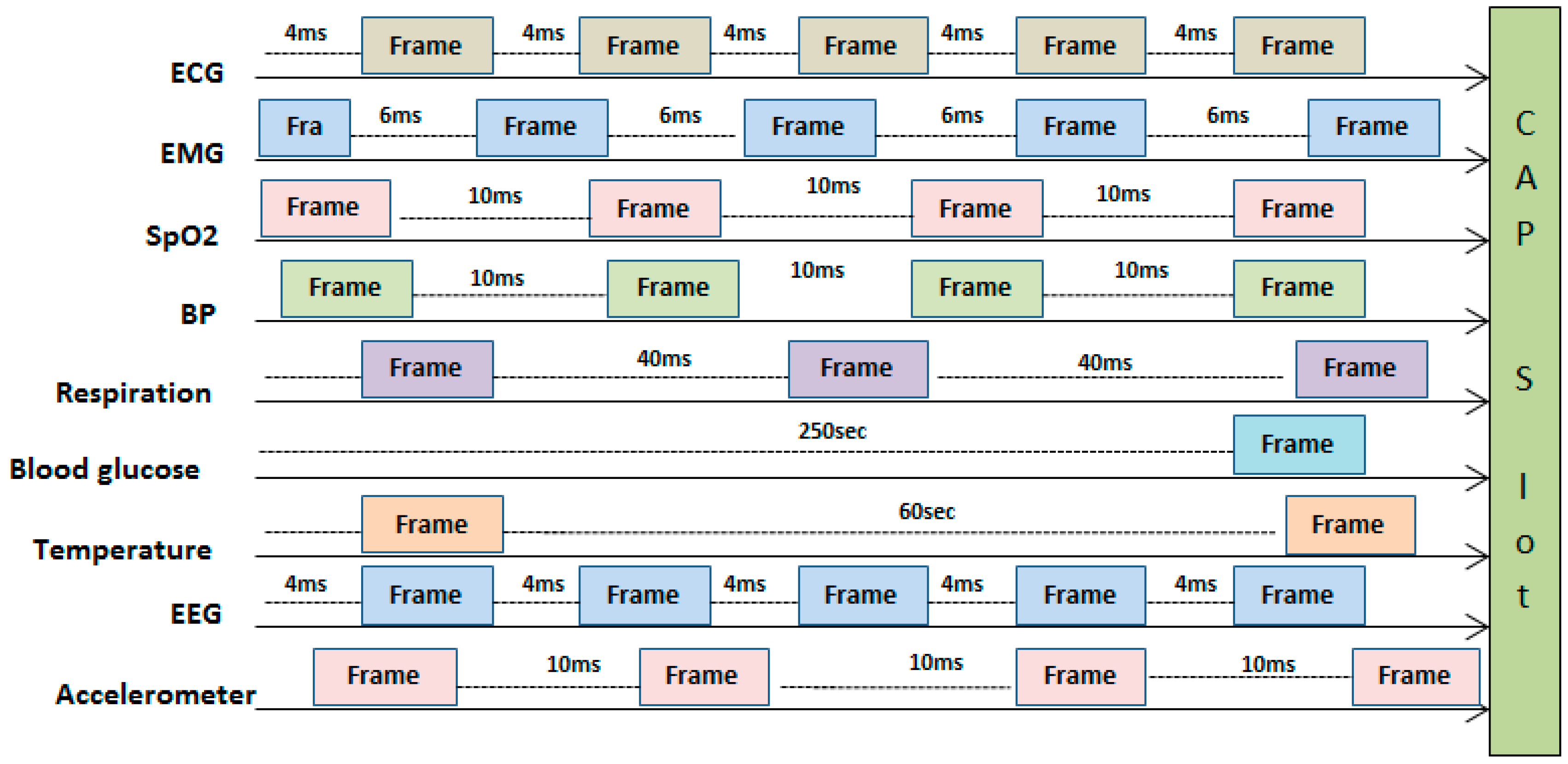





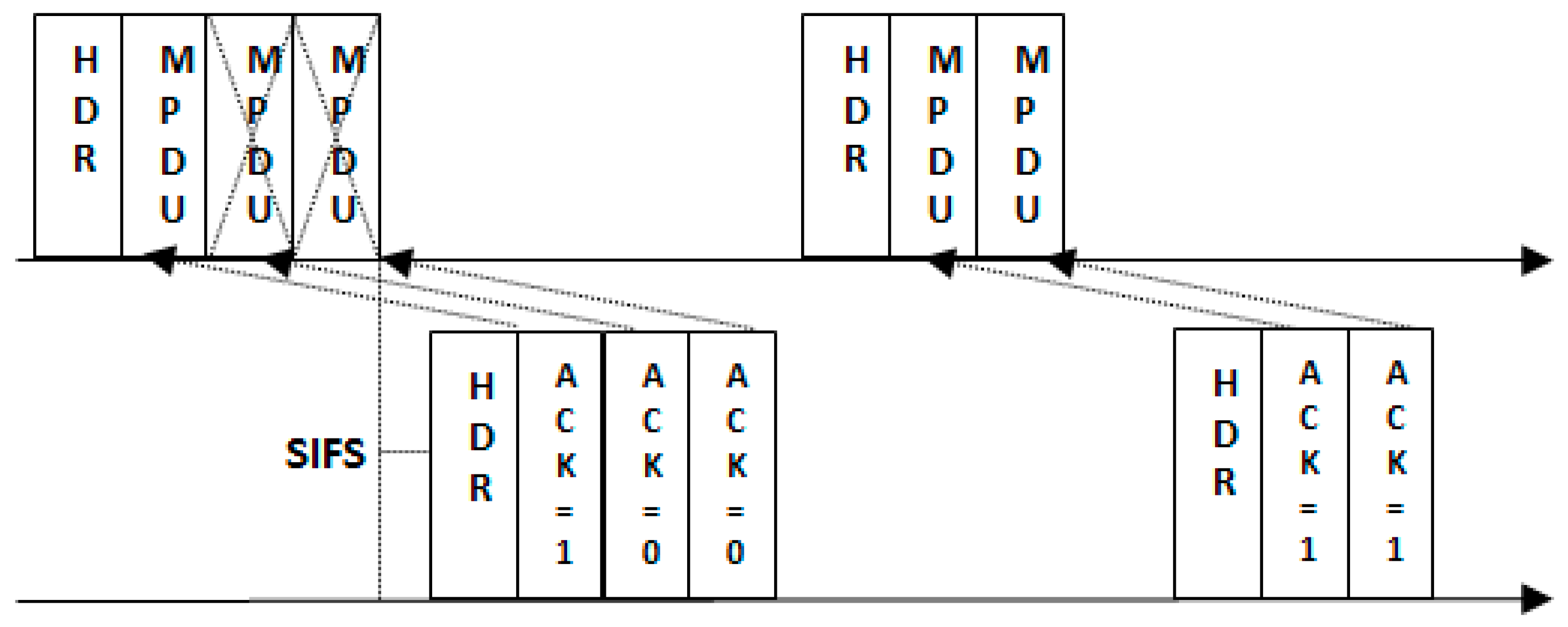

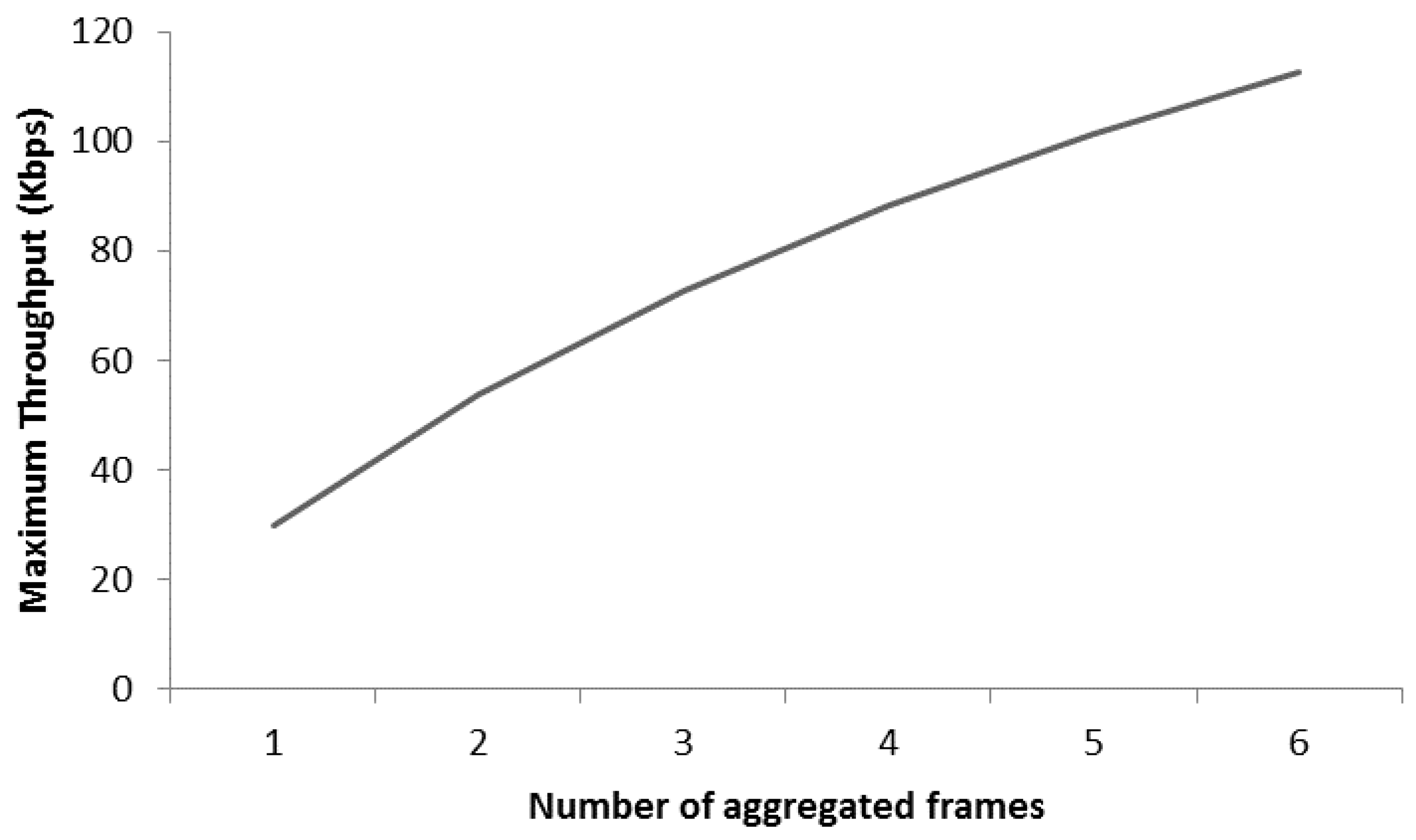
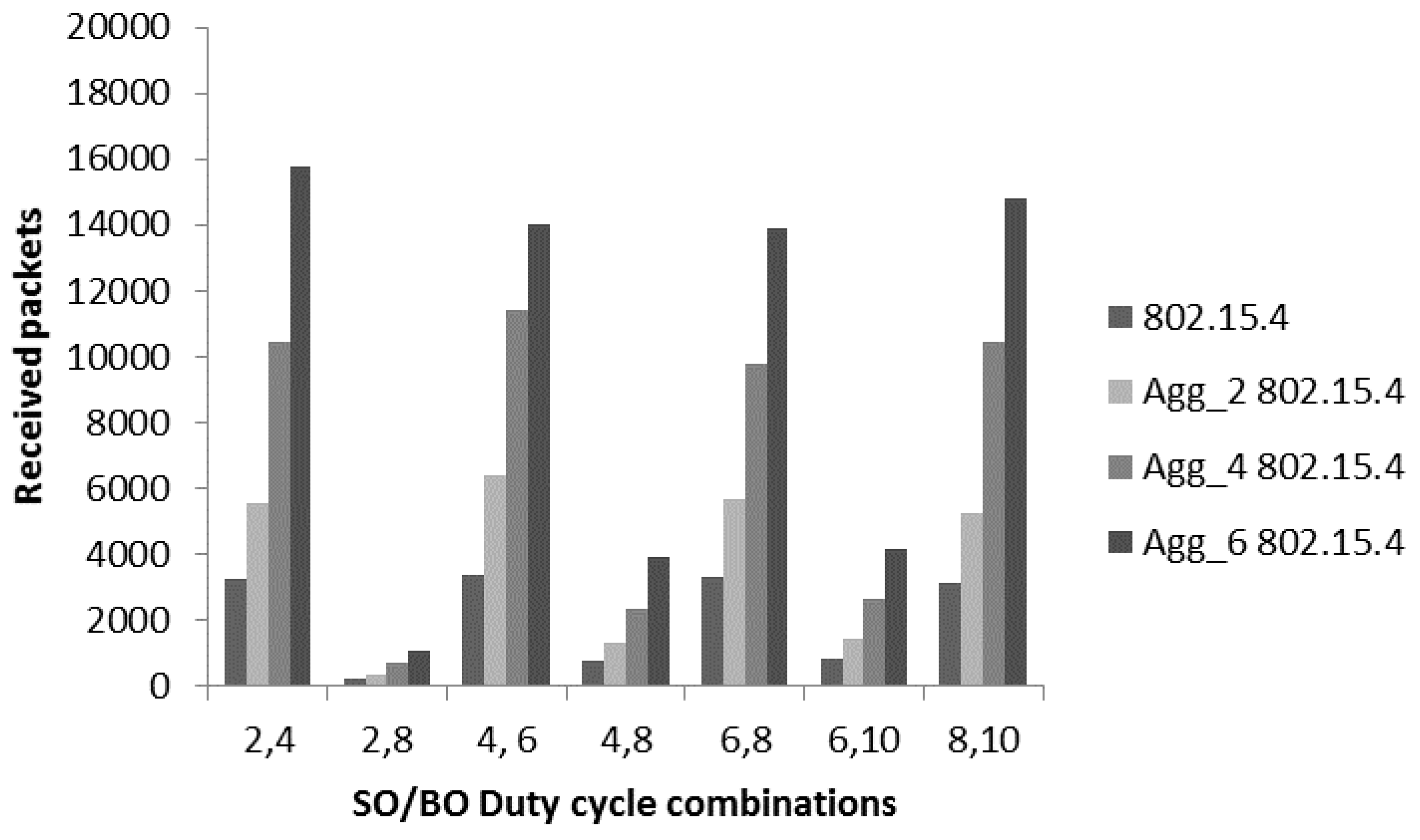
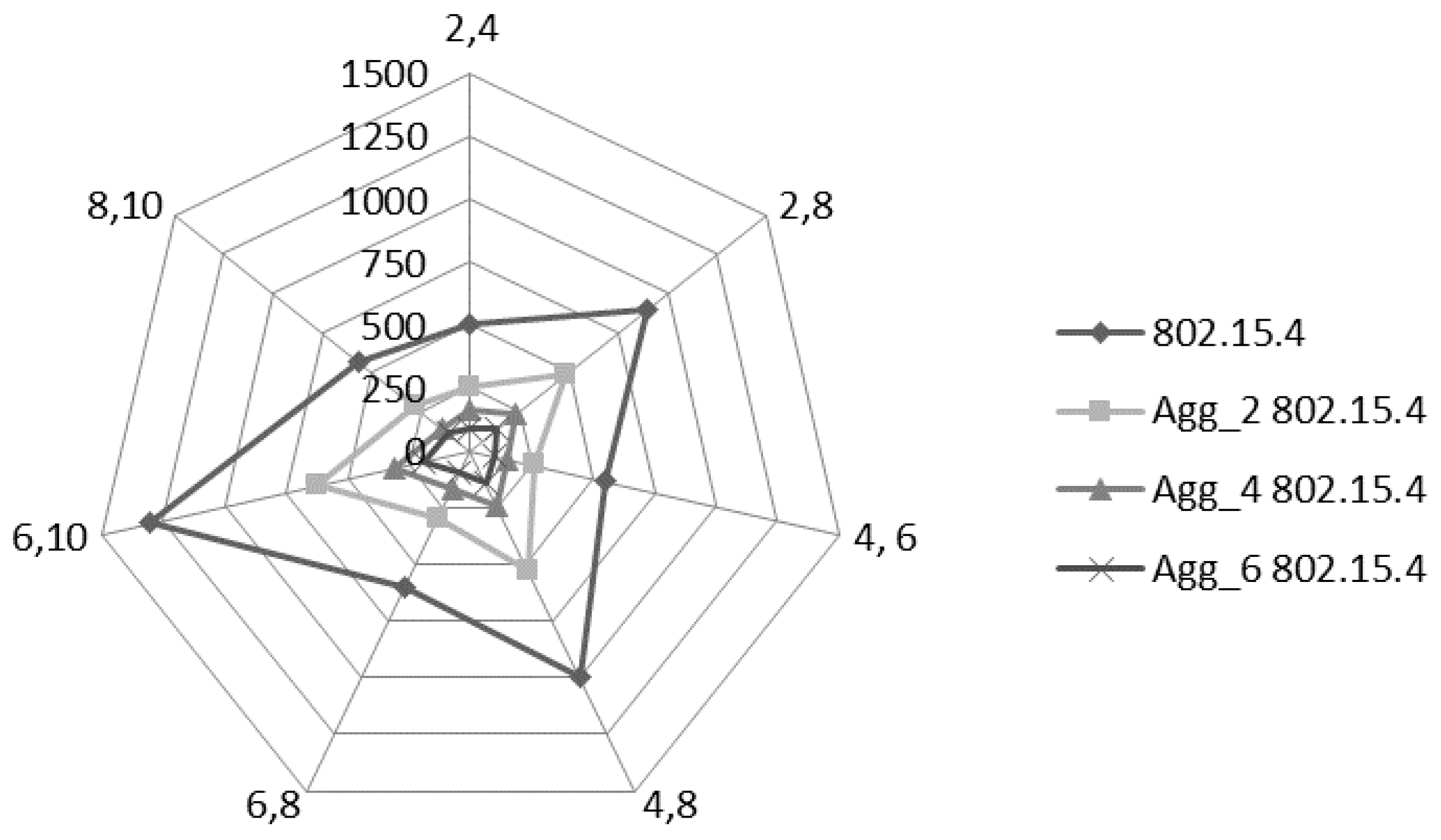
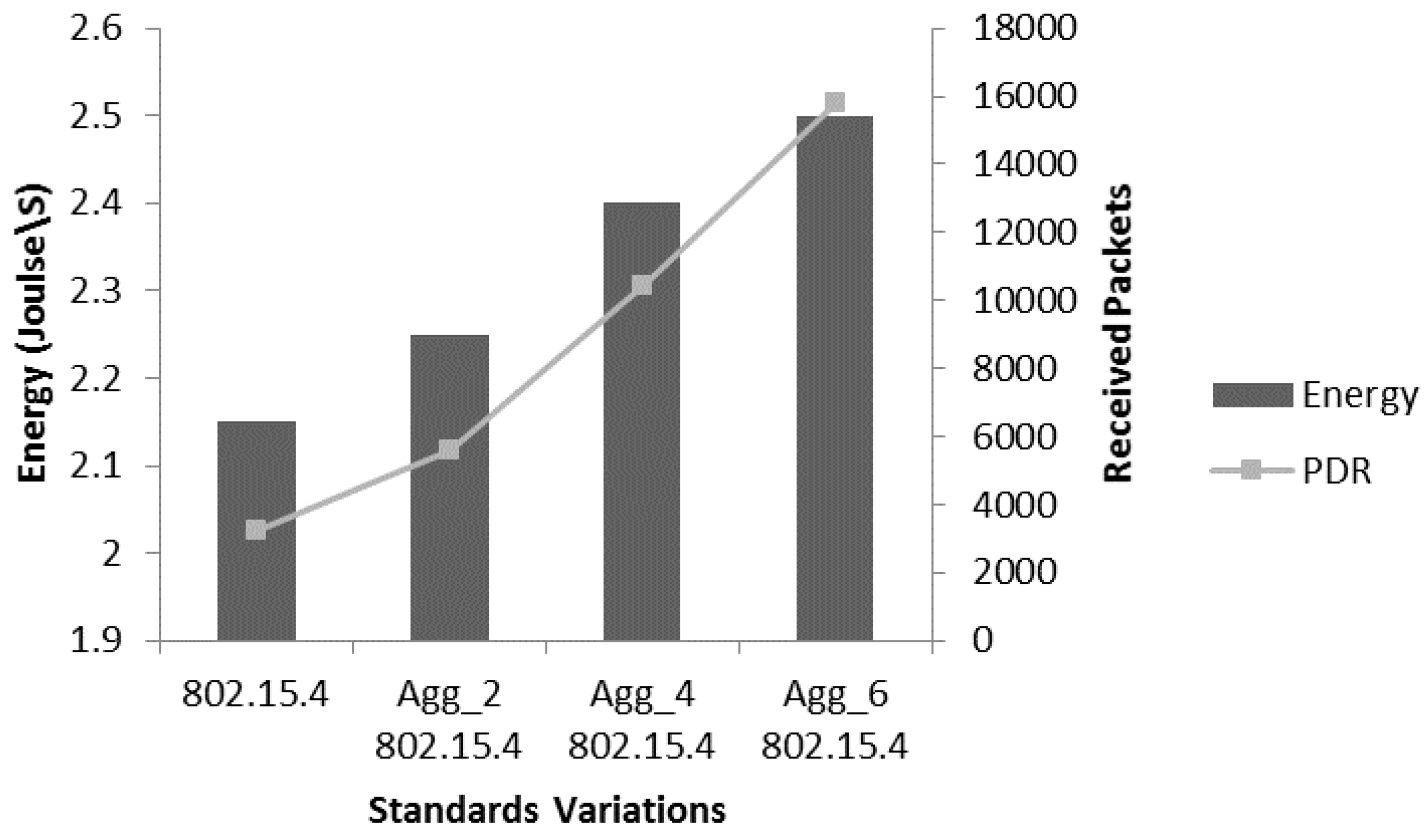
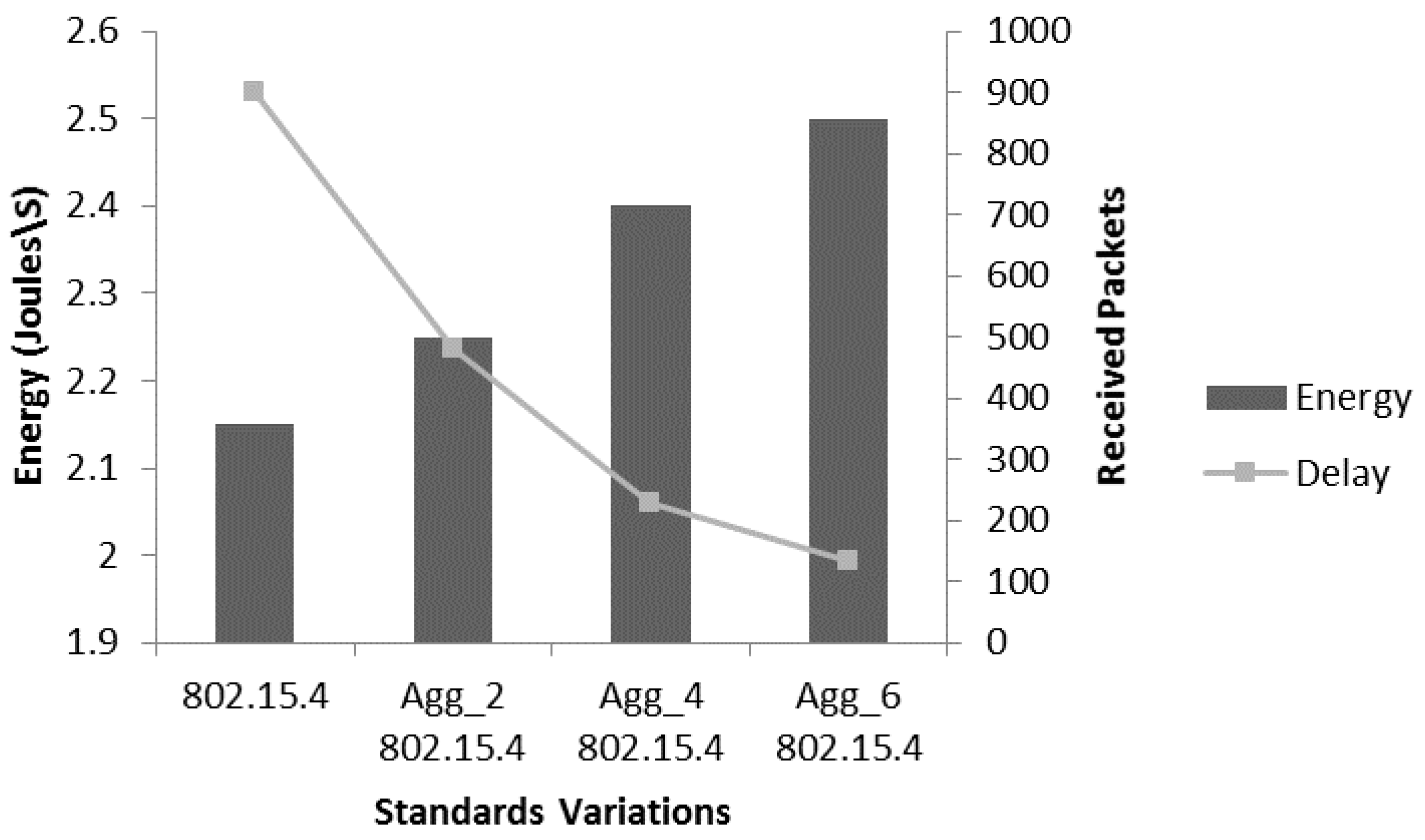
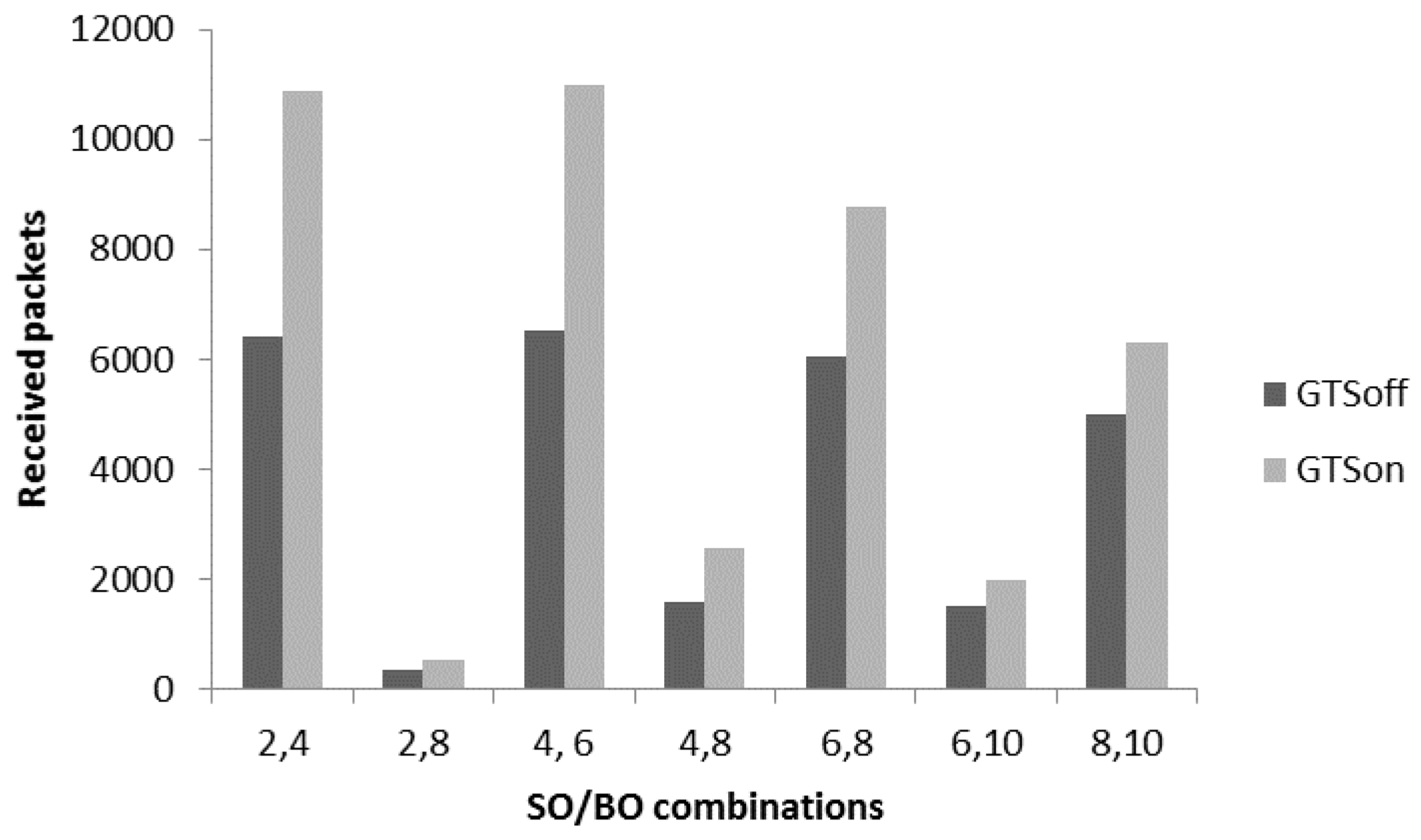
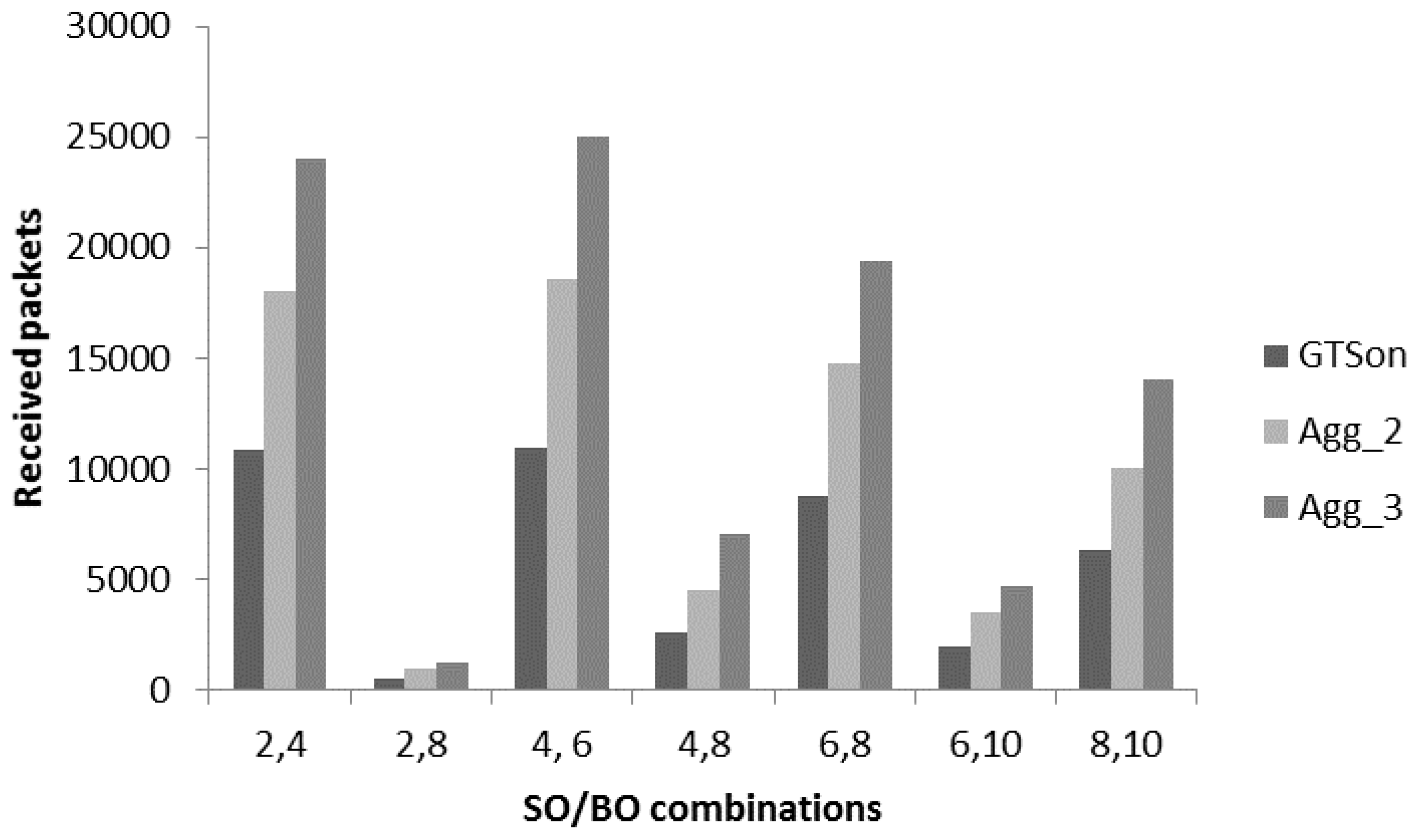

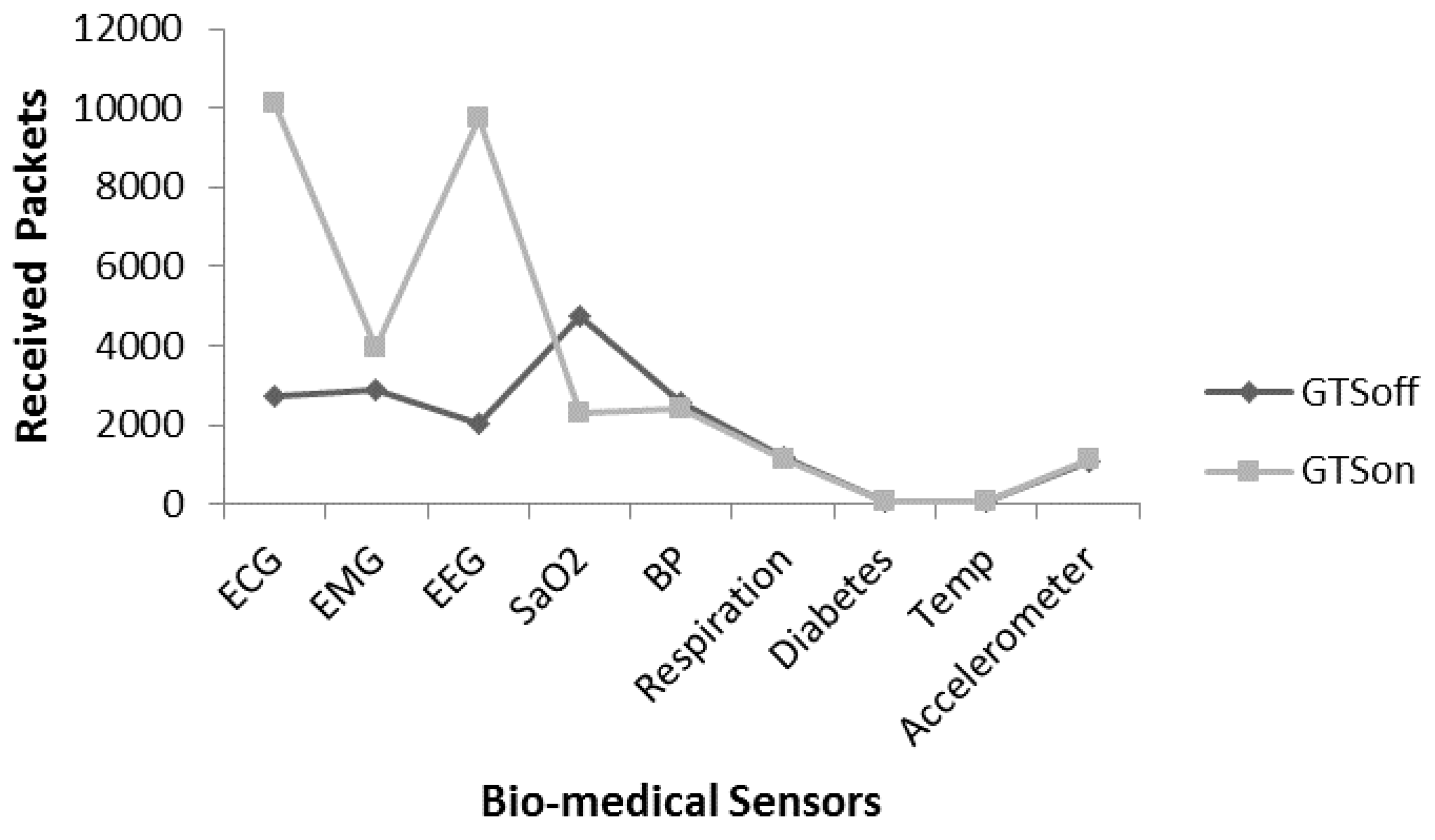

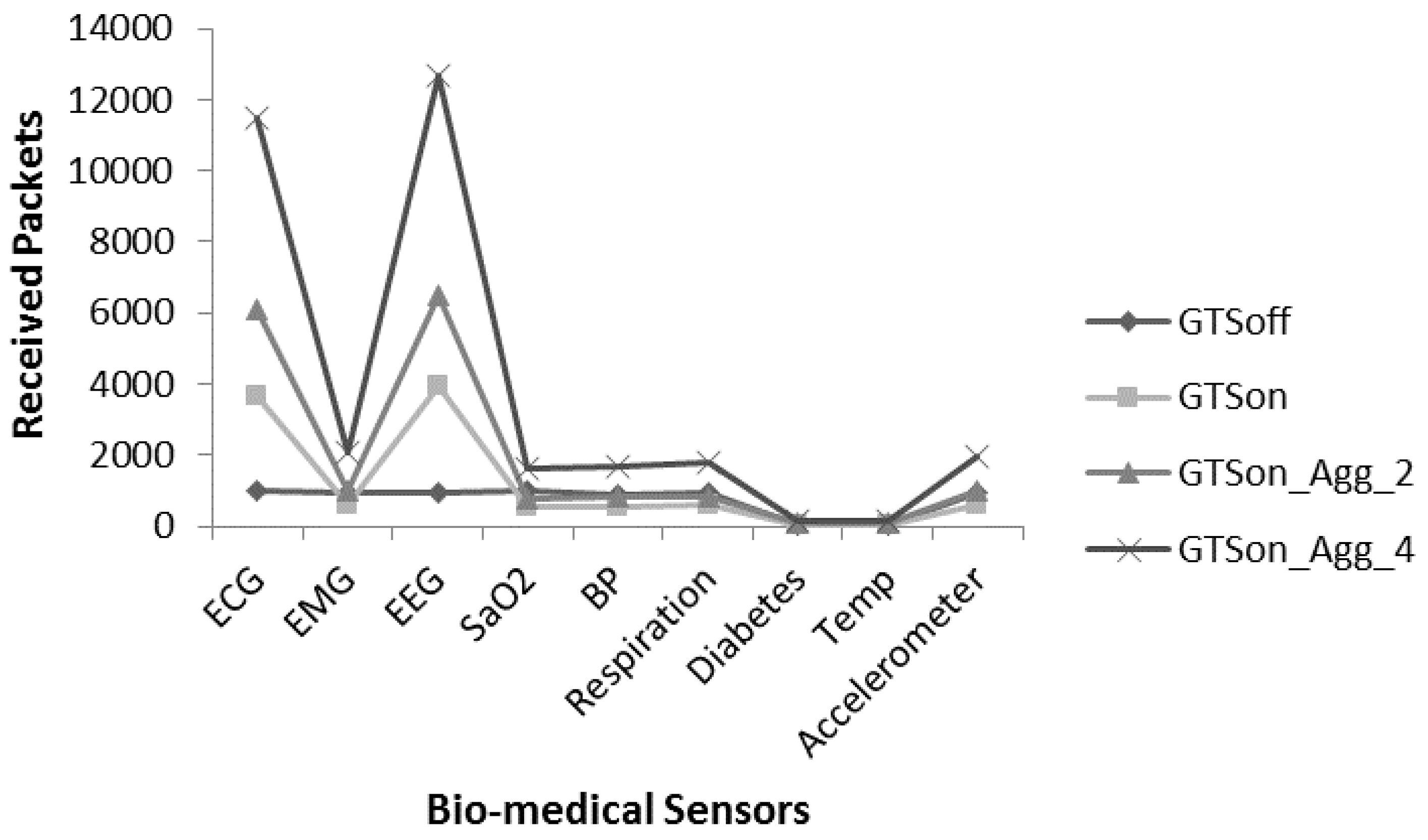

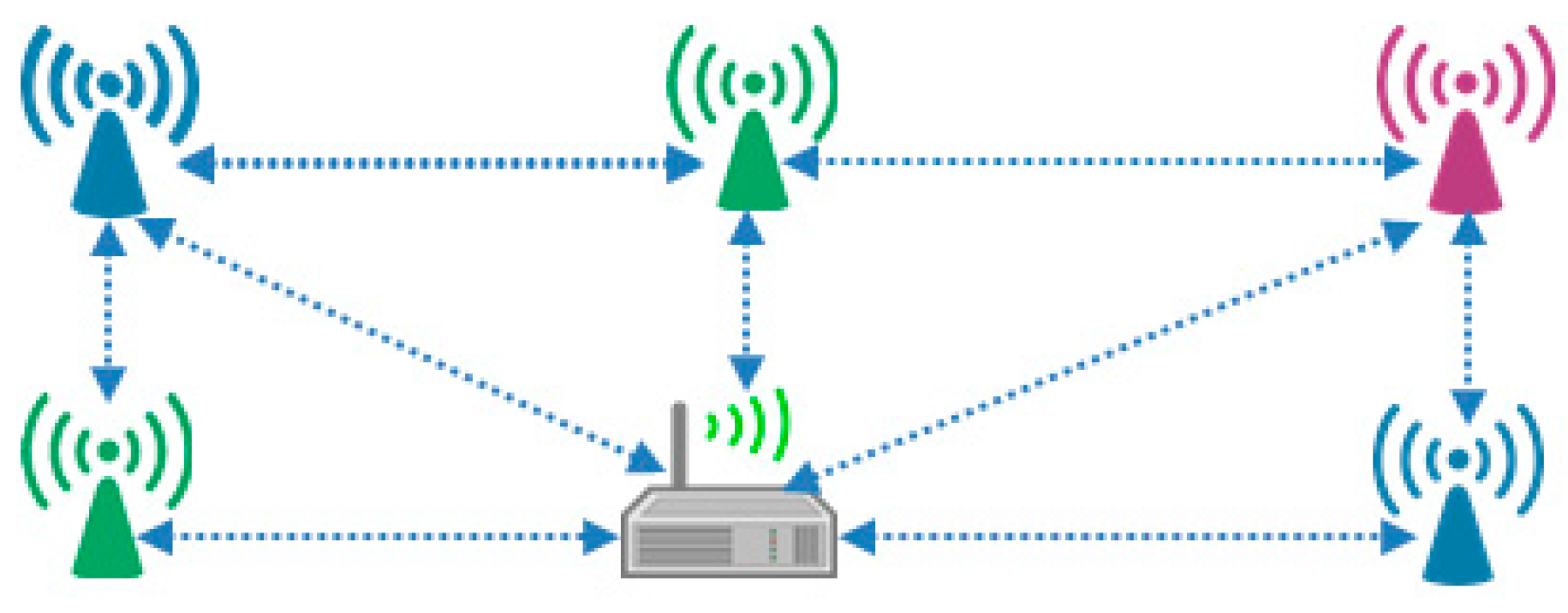
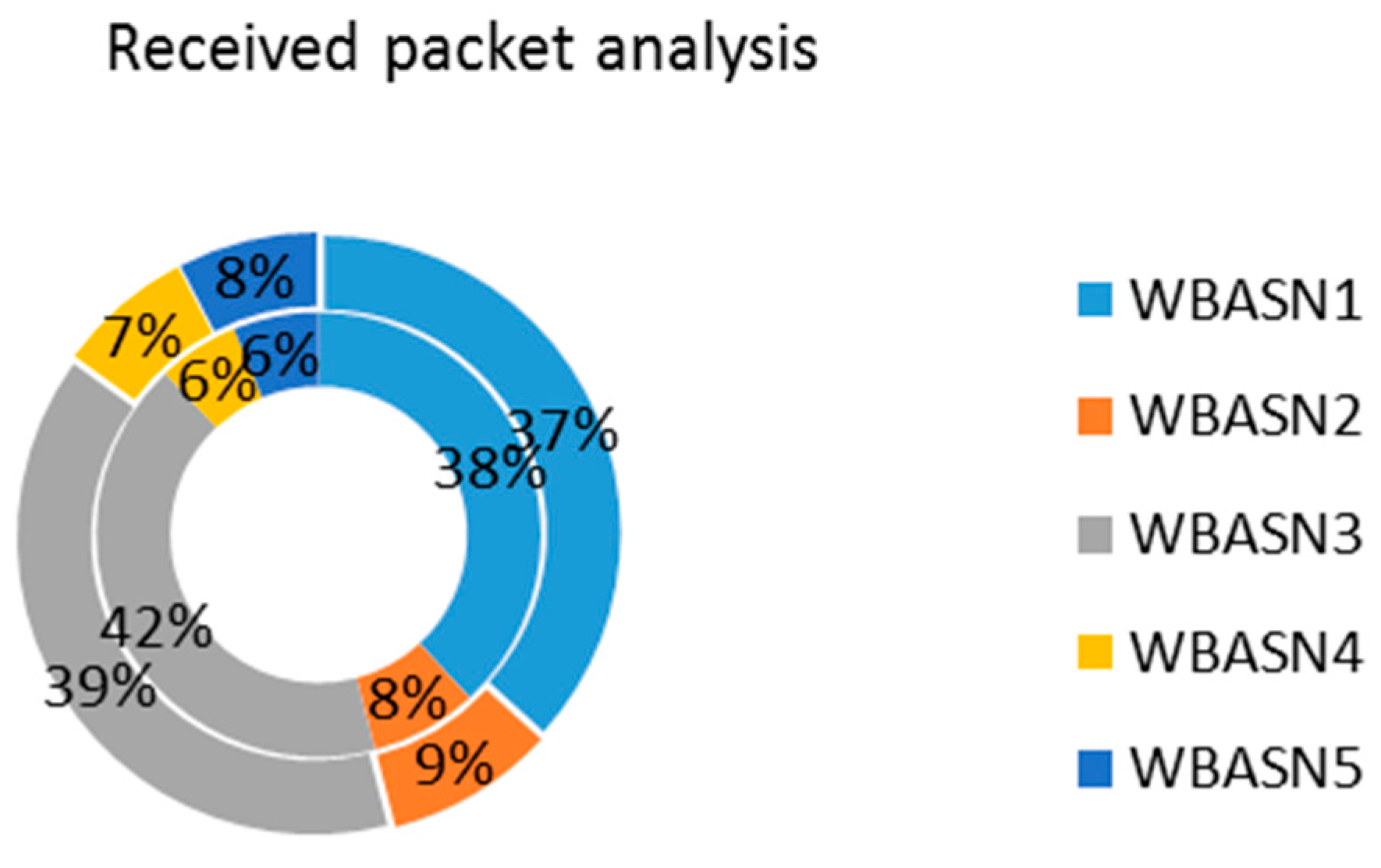
| Physiological Parameter | Sampling Rate (Hz) (Min–Max) | Sampling Resolution (Min–Max) | Type of Sensing Device | Location |
|---|---|---|---|---|
| ECG (per channel) | (100–1000) | (12–24) | Electrodes | Chest |
| EMG | (125–1000) | (12–24) | Electrodes | Muscles |
| EEG | (125–1000) | (12–24) | Electrodes | Head |
| Pulse oximeter | (100–1000) | (12–16) | Photodiode | Ear or finger |
| Blood pressure | (100–1000) | (12–24) | Pressure cuff | Arm or finger |
| Respiration | (25–100) | (8–16) | Elastic chest belt or Electrodes | Chest |
| Blood glucose | <0.01 | (8–16) | Chemical | Skin |
| Skin temperature | <1 in 60 s | (16–24) | Thermistor probe | Wrist/arm |
| Activity | (25–100) | (12–24) | Accelerometers | Chest |
| Protocol | Standard | Access Scheme | Theme | Focused QoS |
|---|---|---|---|---|
| DQBAN [12] | IEEE 802.15.4 | CSMA/CA | To enhance IEEE 802.15.4, two queues are introduced for successful channel access and data transmissions (collision resolution queue and data transmission queue). | R, C |
| D2MAC [11] | IEEE 802.15.4 | CSMA/CA | Based on adaptive backoff time by using fuzzy logic. | D |
| U-MAC [8] | IEEE 802.15.4 | TDMA | Urgency MAC provides priority for critical data for patient monitoring. U-MAC do not use option of retransmissions. | D |
| HUA-MAC [10] | IEEE 802.15.4 | TDMA | Hybrid unified MAC only uses contention free period (CFP) for important data transmission, the normal traffic uses CAP. | D, R |
| Channel-MAC [9] | IEEE 802.15.4 | TDMA | A single radio multi-channel TDMA MAC protocol to provide high reliability. | R |
| EELDC [21] | IEEE 802.15.4 | TDMA | Energy efficient low duty cycle protocol provides low duty cycle values to increase the lifetime of the nodes. | E |
| CA-MAC [20] | IEEE 802.15.4 | TDMA | Context aware MAC make nodes enable about energy of there and other nodes and help to increase the lifetime of the network. | E |
| BDD [24] | IEEE 802.15.4 | TDMA | Battery dynamics driven protocol considers the current power conditions of the battery and useful for better energy consumption. | E |
| T-MAC [25] | IEEE 802.15.4 | Hybrid | T-MAC allows the nodes to turn on the radios on pre-synchronized timings and turn off in case of no communication. T-MAC adjusts radio-on interval with the traffic rate, so there is no fix radio-on interval which makes T-MAC adaptive. It provides reliable and energy efficient communication. | R, E |
| S-MAC [14] | IEEE 802.15.4 | Hybrid | S-MAC is considered as a predecessor of T-MAC and provides fixed radio-on intervals and solves idle listening problem. The coordinator assigns those wakeup intervals, after transmission the nodes go to sleeping mode. S-MAC gives low latency as due to synchronization there are less chances of collisions. | D, E |
| B-MAC [22] | IEEE 802.15.4 | Hybrid | B-MAC [26] presents three bandwidth management schemes i.e., burst, periodic and adjusts bandwidth. B-MAC works in the environment where there is synchronization among sensor nodes and gateway nodes. Therefore, nodes only wakeup for transmit or receive the data. It uses Contention Free Period (CFP) to save energy. It also uses CSMA/CA in in Contention Access Period (CAP) for some specific scenario where network joining conditions are flexible. | E, T |
| X-MAC [15] | IEEE 802.15.4 | Hybrid | X-MAC improves the B-MAC by making small preamble burst with destination address instead of long preamble. | E, D |
| PNP-MAC [26] | IEEE 802.15.4 | Hybrid | Preemptive slot allocation and non-preemptive transmission MAC support medical applications through superframe adjustments. | D, E |
| VMAC [29] | IEEE 802.15.4 | Hybrid | VMAC provides adaptive resource scheduling using asymmetrical architecture which provides reliability with bandwidth guarantee. | R, T |
| EMAC [27] | IEEE 802.15.4 | Hybrid | EMAC integrates relay nodes to save the energy resources. | E |
| YNU-MAC [19] | IEEE 802.15.6 | CSMA/CA | Uses SIFS, DIFS and backoff in contention window and provide efficient channel utilization with high data rates. | T, R |
| NICT MAC [10] | IEEE 802.15.6 | TDMA | Suitable for star topology and is usable in beacon and beaconless mode and introduce the concept of group BAN superframe for scalability. | E, S |
| WiseMAC [34] | IEEE 802.15.6 | TDMA | It is applicable for both for star and mesh topology and provides scalability. | S |
| IMEC [28] | IEEE 802.15.6 | Hybrid | It uses enhanced slotted aloha by incorporating dual duty cycling and provides flexibility and power efficiency. | E |
| C-MAC [23] | IEEE 802.15.6 | TDMA | C-MAC is made for mobile clusters for WBASNs and control the interference and collisions due to mobile nodes. | C |
| MEB- MAC [18] | IEEE 802.15.6 | Hybrid | MEB-MAC protocol inserts a listening window in CFP and provides less delay to the medical applications. | D |
| MFS-MAC [16] | IEEE 802.15.6 | Hybrid | Improved MAC protocol for WBASN to satisfy the energy consumption of implantable devices. | E |
| DT-SCS [35] | IEEE 802.15.4e | Hybrid | Performs decentralized time-synchronized channel swapping (DT-SCS) and reduces certain convergence and network utilization problems. | T, E |
| QL-MAC [36] | IEEE 802.15.4 | Hybrid | A machine learing based approach that produces significant improvements in terms of network lifetime and throughput. | T,E |
| Physiological Parameter | Data Generation Interval | Data Generation (Bits) | Packet Size (Bytes) | Required Data Rate (Kbps) |
|---|---|---|---|---|
| ECG | 4 ms | 16 | 17 | 34 |
| EMG | 6 ms | 11 | 16.3 | 19.6 |
| EEG | 4 ms | 11 | 16.3 | 19.6 |
| Pulse oximeter (SpO2) | 10 ms | 12 | 16.4 | 13.2 |
| BP | 10 ms | 12 | 16.4 | 13.2 |
| Respiration | 40 ms | 8 | 16 | 3.2 |
| Blood glucose | 250 s | 0.032 (1 bit) | 15.1 | 0.528 |
| Skin temperature | 60 s | 0.266 | 16.98 | 2.27 |
| Activity | 10 ms | 11 | 16.3 | 3.3 |
| Attribute | Value |
|---|---|
| 0.192 ms | |
| 0.192 ms | |
| 0.864 ms | |
| 0.128 ms | |
| 0.64 ms | |
| 0.32 ms |
| Parameters | Value |
|---|---|
| Number of nodes | Varies from 10–16 |
| MAC | IEEE 802.15.4 |
| Channel mode | Log Shadowing Wireless Model |
| Seed value | 11 |
| Frequency band | 2.4 GHz |
| Data rate | 250 kbps |
| Evaluation Criteria | Delay, Packet Delivery Ratio (PDR), Energy consumption |
| 0.192 ms | |
| 0.864 ms | |
| 0.128 ms | |
| 0.64 ms | |
| 0.32 ms | |
| Simulation time | 100–2000 s |
© 2017 by the authors. Licensee MDPI, Basel, Switzerland. This article is an open access article distributed under the terms and conditions of the Creative Commons Attribution (CC BY) license ( http://creativecommons.org/licenses/by/4.0/).
Share and Cite
Akbar, M.S.; Yu, H.; Cang, S. IEEE 802.15.4 Frame Aggregation Enhancement to Provide High Performance in Life-Critical Patient Monitoring Systems. Sensors 2017, 17, 241. https://doi.org/10.3390/s17020241
Akbar MS, Yu H, Cang S. IEEE 802.15.4 Frame Aggregation Enhancement to Provide High Performance in Life-Critical Patient Monitoring Systems. Sensors. 2017; 17(2):241. https://doi.org/10.3390/s17020241
Chicago/Turabian StyleAkbar, Muhammad Sajjad, Hongnian Yu, and Shuang Cang. 2017. "IEEE 802.15.4 Frame Aggregation Enhancement to Provide High Performance in Life-Critical Patient Monitoring Systems" Sensors 17, no. 2: 241. https://doi.org/10.3390/s17020241






